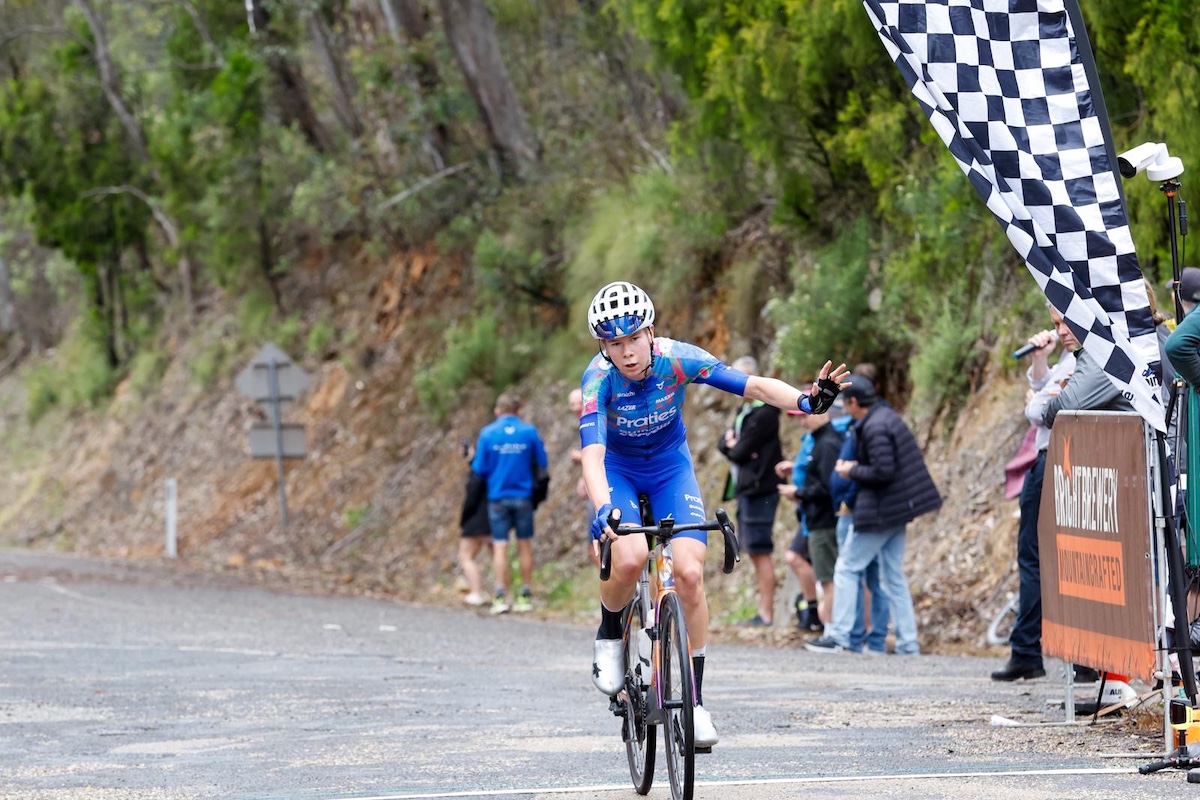Hardshell vs softshell cycling jackets: Which should you buy, and when should you wear them?
Breathability, aerodynamics, and waterproof ratings all come into play
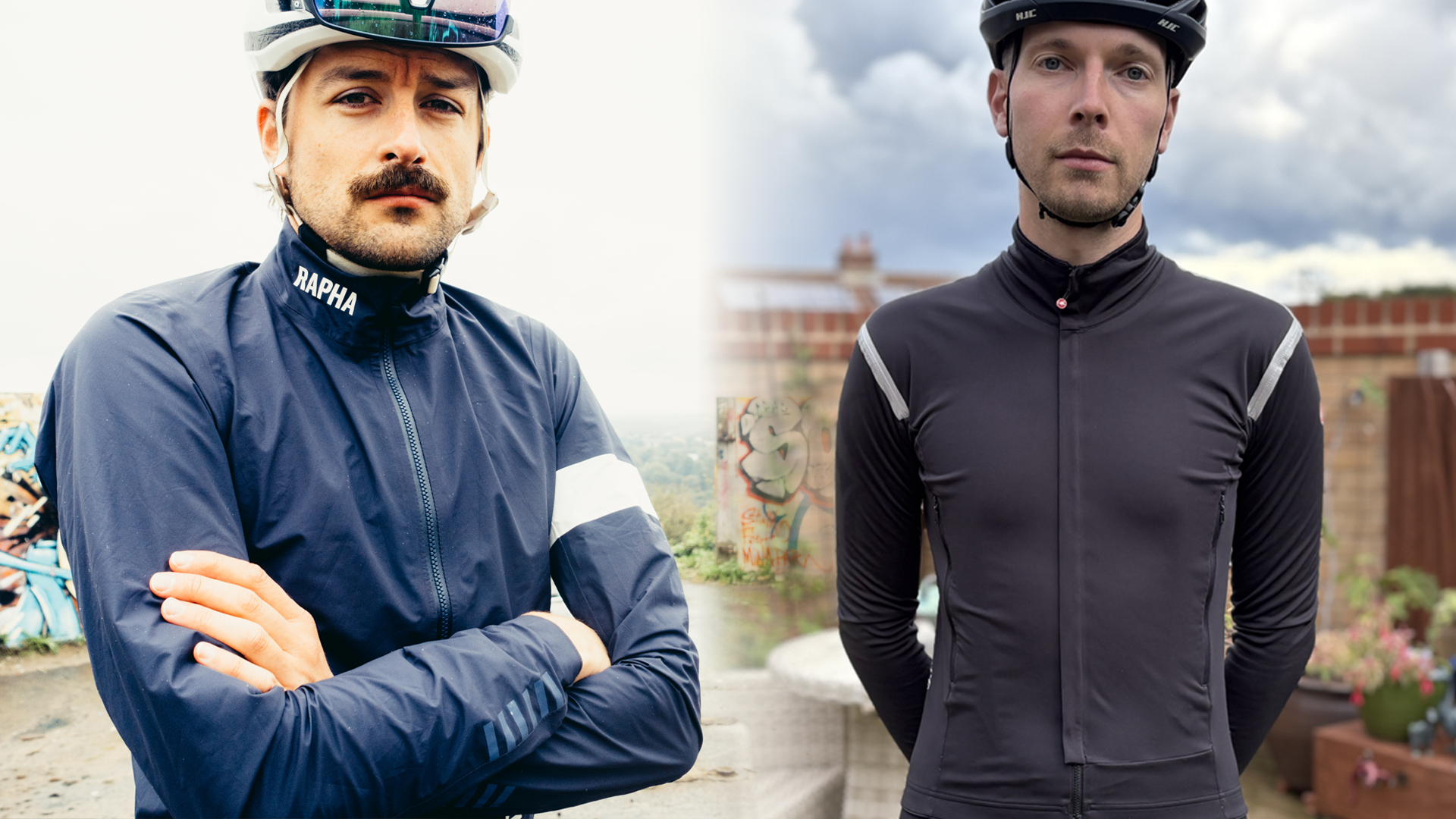
As the seasons inexorably change for the worse (though secretly I actually really enjoy the onset of autumn and the start of gloomy riding), people are always scratching around for that one piece of clothing that’ll allow them to ride in bad weather in something approaching comfort. The fulcrum on which the delicate see-saw of winter comfort is often balanced is the winter cycling jacket, or the waterproof cycling jacket. The former is mostly designed to keep you warm, but the latter has the harder job of keeping you dry.
Waterproof cycling jackets for years were just like any other waterproof jacket, just cut for cycling, but since Castelli launched the original Gabba way back in 2010, cyclists have been torn between the form-fitting a breathable softshell jacket and the more waterproof, but more sweaty hardshell.
Now there are more softshells than ever to compete with the plethora of hardshells. There’s the Castelli Perfetto RoS 3, and the new DoDiCi, which Castelli claims is the ‘spiritual successor’ to the original Gabba. Rapha has the Shadow, which is now on its second iteration, whilst Maap has the Elements Pro. Castelli even has the Gabba R, which I loved, though the aesthetics are somewhat questionable.
Which one should you buy, though? Given that the outlay needed for just one jacket can be prohibitive, it’d be remiss of me to suggest you should just buy one of each. Well, as ever, the answer is ‘it depends’.
What are hardshell waterproof cycling jackets good for?
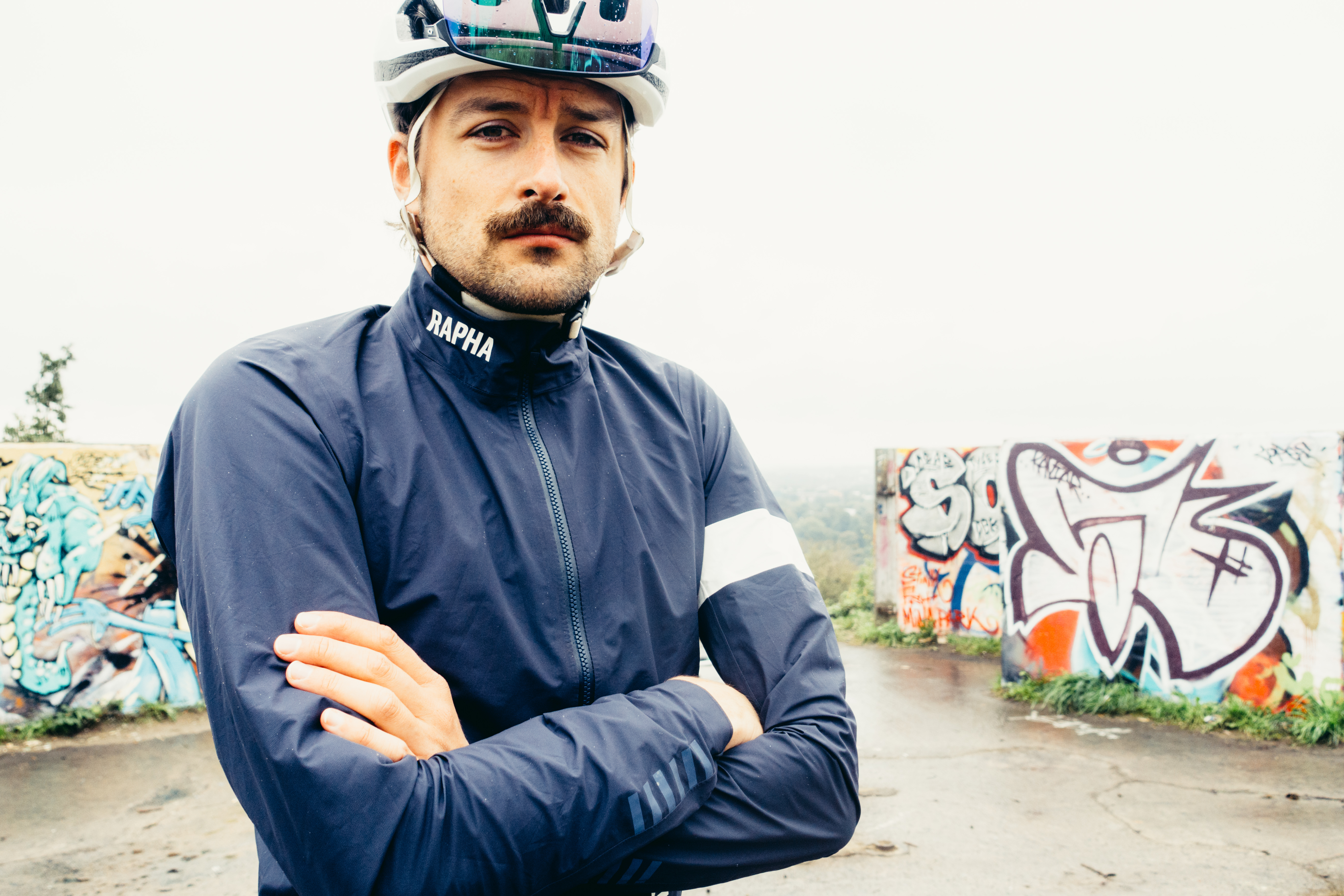
If you are frequently riding in moderate to heavy rain then a hardshell is probably what you should opt for. They are simply better equipped at keeping you dry than a softshell, as they form a (hopefully) impermeable barrier that at least keeps your top half dry. If you remain dry it’s a lot easier to stay warm when the temperatures plummet, and when it’s really cold it’s not a terrible idea to throw on a waterproof jacket to reduce the breathability of your layering system and up the temperature a little.
They’re also a little easier to throw on and off in changeable conditions and stuff in either a jersey pocket if they’re lightweight like the Maap Atmos or the Pas Normal Mechanism Pertex, or in a bar bag if they’re more bulky.
Because they’re better able to protect you in genuinely horrendous conditions (provided you get a decent one) my recommendation is usually to get a hardshell jacket first, as it’s better to be over prepared for bad weather than underprepared and will open up riding in a broader range of conditions than a softshell will.
The latest race content, interviews, features, reviews and expert buying guides, direct to your inbox!
My one caveat to this would be that intense riding in a waterproof jacket is a sure-fire recipe for discomfort. However breathable they claim to be, a hardshell will be sweaty and clammy if you’re riding on the limit. Even the mythical Shakedry jackets get humid, so if you’re looking for something to throw on while you do intervals in the rain I’d steer you towards the softshell aise.
In a similar vein, hardshell jackets, due to their relative inflexibility, cannot be cut in an aerodynamic fashion. They need to be baggier to accommodate a range of body shapes, and this makes them flappy, loud, and draggy. If you’re looking to go fast whatever the weather then a hardshell isn’t the one for you; save it for steady zone 2 miles in the rain and chuck on a softie for the hard stuff.
What are softshell cycling jackets good for?
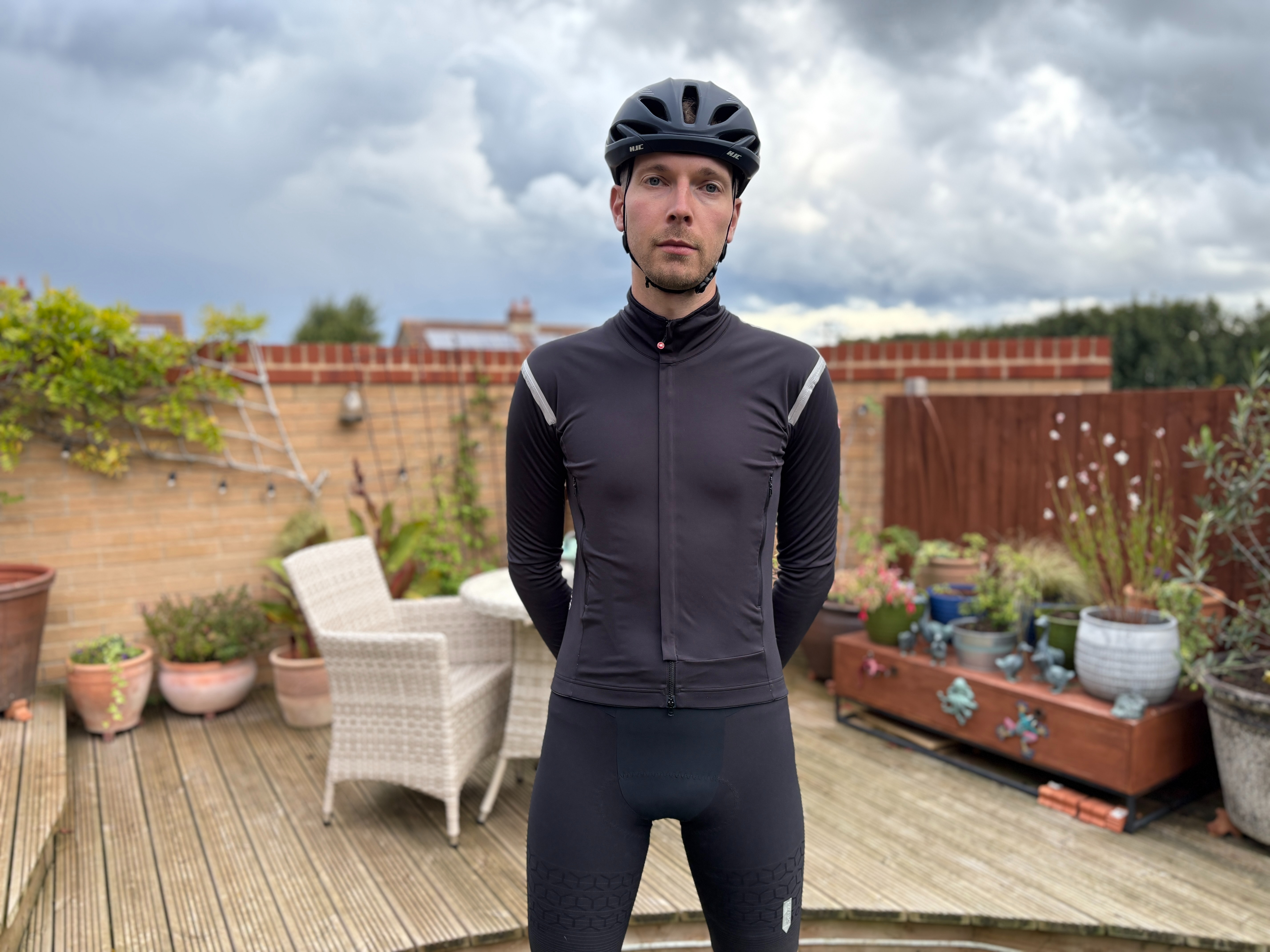
While I reach for the hardshell if its raining, for those days where it’s miserable but not soaking then a softshell is a better bet. Gloomy fog, mist, drizzle, the occasional shower, high winds and chill air. The weather that wouldn’t necessarily stop you riding, but that you don’t really relish riding in.
Softshells are substantially more breathable than their harder siblings, and almost always more form-fitting, with the standard 3x pockets at the back. You can wear them over a jersey, or over a base layer as a replacement for a jersey, making them really quite versatile once you get your eye in as to their ideal temperature range.
The better breathability and improved aerodynamics (Castelli’s Gabba R for example is faster than the brand’s San Remo skinsuit) mean they’re better suited for high intensity riding. If it’s grim and you’re going hard it’s usually sufficient to open up the top or bottom zip, or if you’ve still got an original Gabba like I do, open up the zip vents on the front.
The downside to increased breathability is an increased susceptibility to cold. I used the original Gabba for years through Yorkshire winters, treating it basically as my winter cycling jacket, but the latest Perfetto isn’t that capable below 12ºC. Because they’re close-cut it’s also a lot harder to layer up underneath them, with most only really accommodating a base layer and thin jersey. The heat will need to come from within by riding harder, which is fine if you’re planning an intervals session, but less optimal if you’re on a zone 2 trundle.
This is exacerbated in the wet. Softshells will come with a durable water repellent (DWR) coating that allows water to roll off for a time, but in actual rain you will get wet, and if it’s cold then you need to be generating quite a lot of body heat to remain comfortable.
While a waterproof jacket, with the ability to layer up underneath and seal the heat in, can function relatively well as part of a deep winter layering system, a softshell doesn't work so well as the outer part of a system. There simply isn't the room to layer up underneath in the same way, so you have to make sure the jacket you buy is right for the conditions you are planning to ride in.
Basically, buy the hardshell first, then worry about whether you need a softshell later.
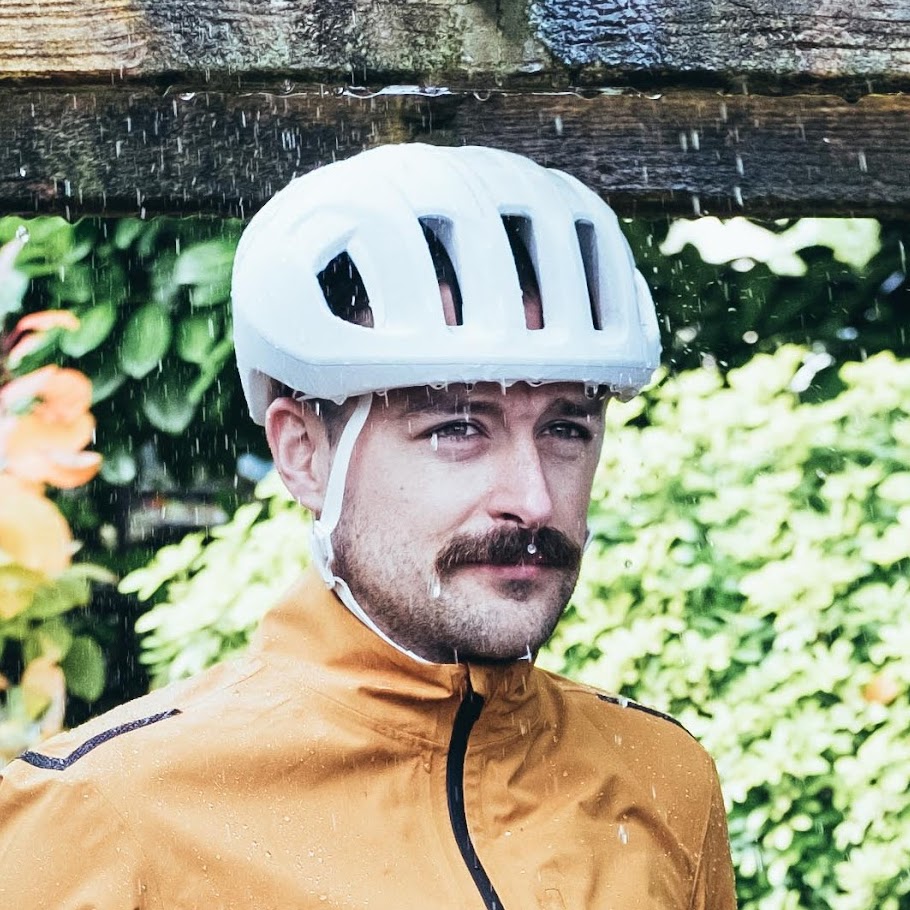
Will joined the Cyclingnews team as a reviews writer in 2022, having previously written for Cyclist, BikeRadar and Advntr. He’s tried his hand at most cycling disciplines, from the standard mix of road, gravel, and mountain bike, to the more unusual like bike polo and tracklocross. He’s made his own bike frames, covered tech news from the biggest races on the planet, and published countless premium galleries thanks to his excellent photographic eye. Also, given he doesn’t ever ride indoors he’s become a real expert on foul-weather riding gear. His collection of bikes is a real smorgasbord, with everything from vintage-style steel tourers through to superlight flat bar hill climb machines.
You must confirm your public display name before commenting
Please logout and then login again, you will then be prompted to enter your display name.
